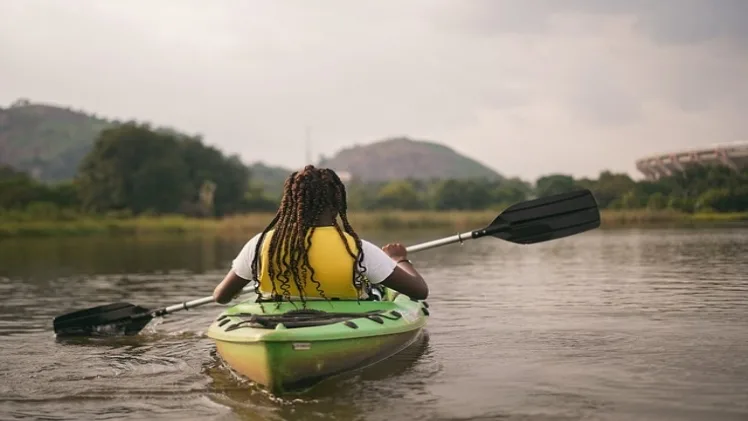Kayaking is a fantastic way to immerse oneself in the great outdoors. The experience of paddling amidst scenic vistas can be both exhilarating and meditative. But like any water activity, it comes with its own set of hazards, especially when navigating in a portable kayak.
Ensuring safety on the water becomes paramount. How do you maximise the well-being of everyone on these vessels? Here, we delve deep into how one can make one’s kayaking experience both enjoyable and safe.
Understanding Your Kayak’s Limitations
First and foremost, understanding your kayak’s limitations is essential. It is a known fact that inflatable designs are not suitable for turbulent waters or areas with a lot of sharp rocks that could puncture the kayak’s body. Familiarise yourself with the specifications mentioned in the manual that come with the quality inflatable kayak you own. The manual generally contains details about the maximum weight capacity and the water types it can safely navigate.
Equip Yourself with the Necessary Safety Gear
Safety should always come first, no matter how experienced you are. A well-fitted personal flotation device (PFD) is non-negotiable. Ensure that every individual on the kayak wears one. Helmets might seem over-the-top but are highly recommended, especially when navigating through narrow pathways laden with overhanging branches or rocks.
Weather Forecasts and Water Conditions
Before heading out, always check the weather forecast. The weather conditions can change swiftly, and being caught in a downpour or storm while in the middle of water can be dangerous. Understanding water conditions is equally vital; staying clear of fast-flowing rivers or tidal currents can save you from unforeseen troubles.
Learning Essential Skills
If you are new to the world of kayaking, getting some training can be a life-saver. Learn essential skills such as paddling techniques, how to steer your soft shell watercraft, and what to do in case of a capsize. It would be best if you also learned how to re-enter your kayak from the water, a skill that might come in handy during emergencies.
Emergency Kit
Always have an emergency kit on hand. The kit should include a first-aid kit, a whistle to signal for help, a repair kit for your air kayak utility, and a flashlight. Being prepared for emergencies can make a significant difference in ensuring your safety. It does not require a lot of money or effort to have that safeguard in place should something go wrong during the journey.
Responsible Kayaking
Lastly, responsible kayaking is as much about your safety as it is about protecting the environment. Following the principles of Leave No Trace is essential. Carry all your trash with you, and be mindful not to disturb the natural habitat of the water bodies you are exploring.
Summary
As we journey through waters less travelled, bearing in mind these safety tips can allow for a journey that is not only memorable but also safe. Understanding the particularities of your blow-up kayak design can be the first step to a beautiful adventure on the water. So gear up, be prepared, and set sail for a kayak journey like no other, with safety as your trusty companion.



